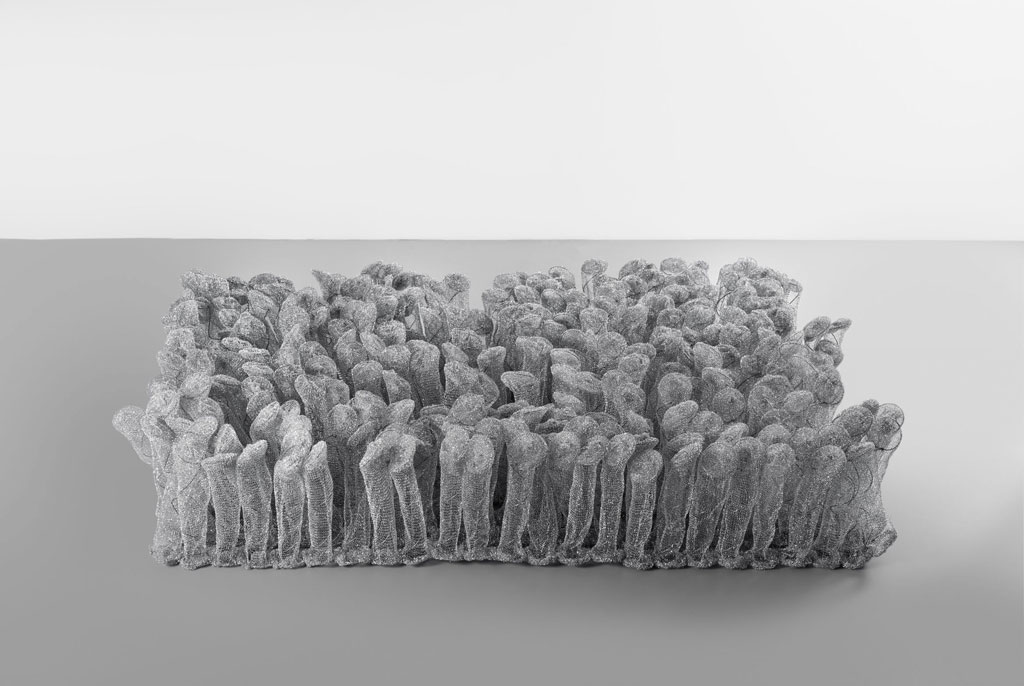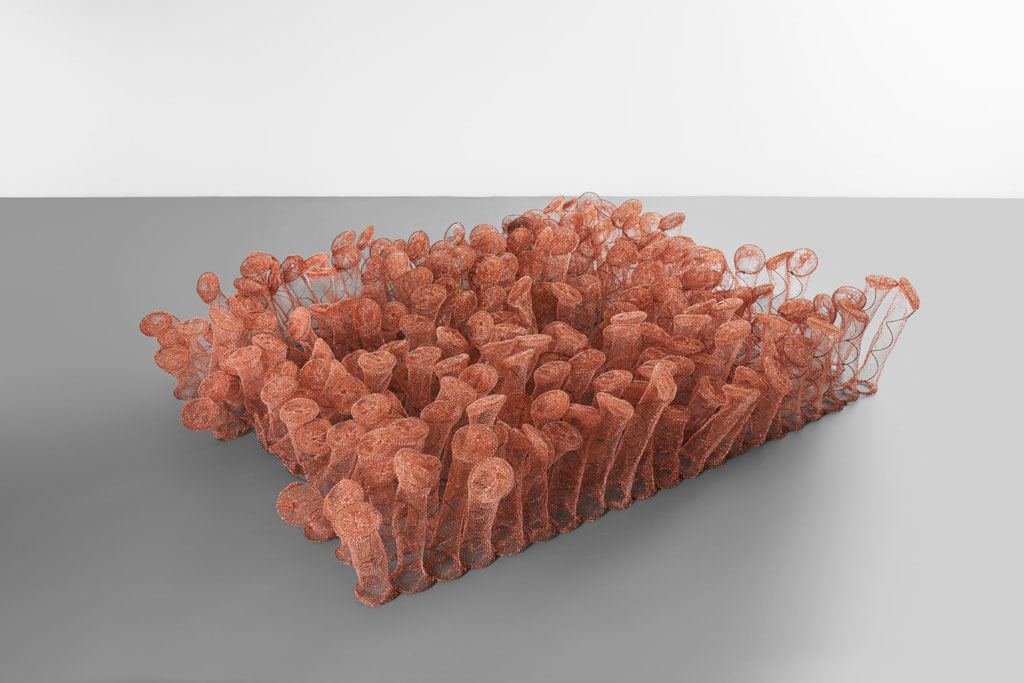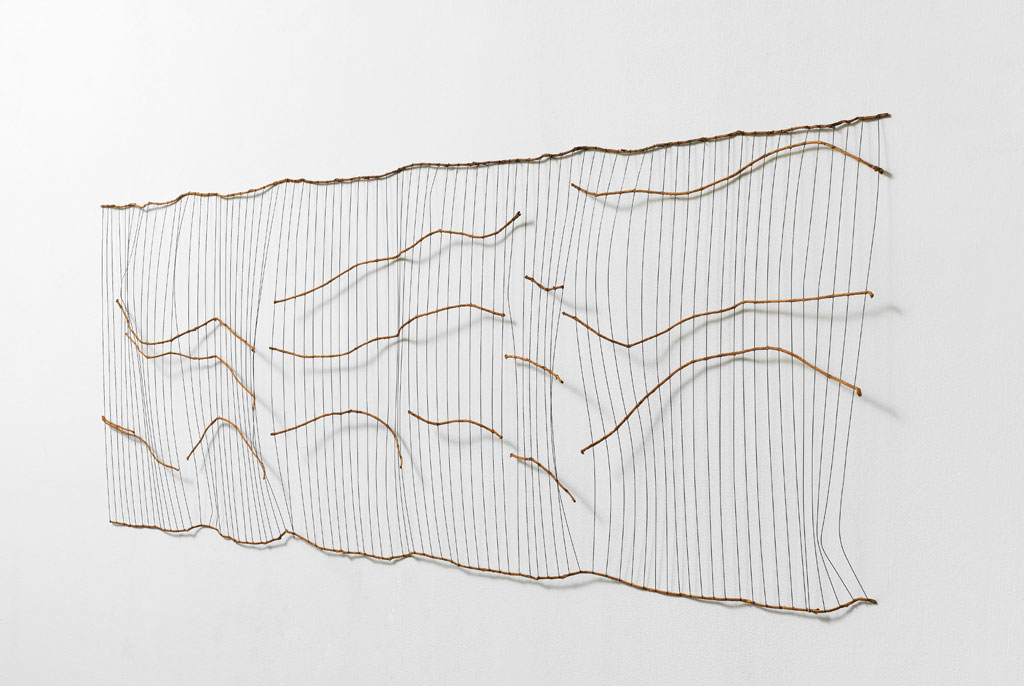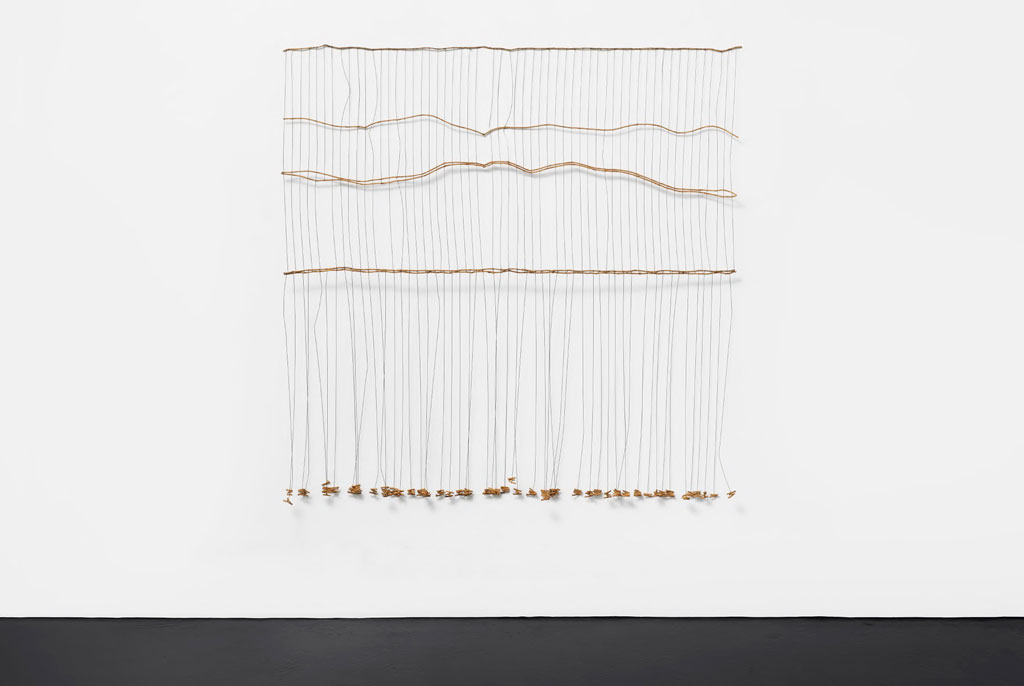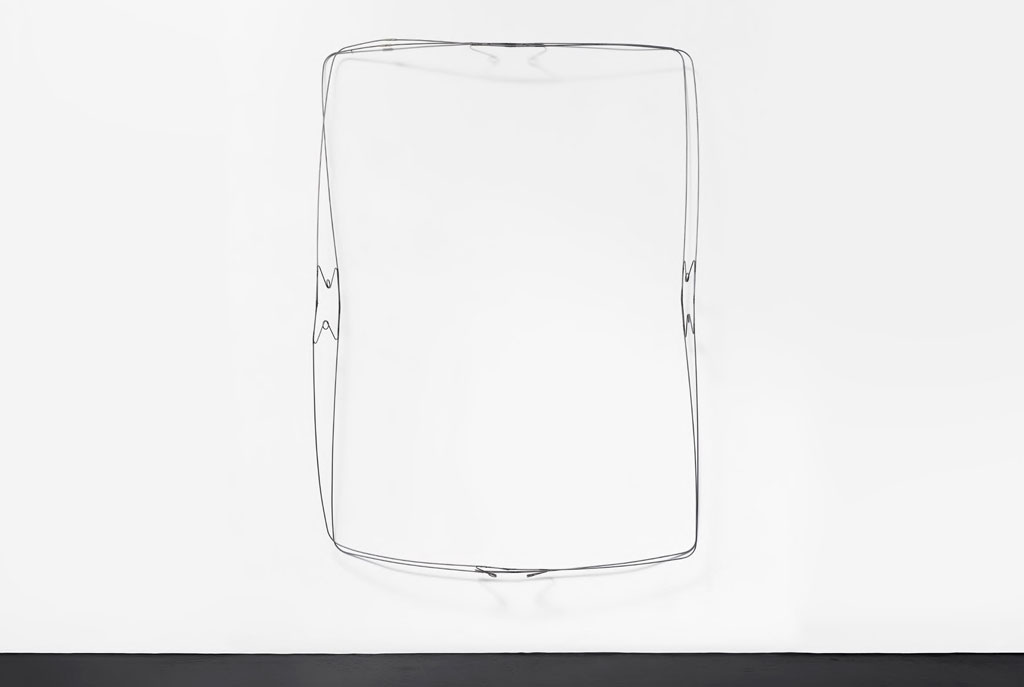ART CITIES:Berlin-Bronwyn Katz
 Incorporating sculpture, installation, video and performance, Bronwyn Katz’s practice engages with the concept of land as a repository of memory, reflecting on the notion of place or space as lived experience, and the ability of the land to remember and communicate the memory of its occupation. Using found materials as the departure point for her works, Katz’s approach to making is driven foremost by formal concerns such as composition and line, expressed in an abstract minimalist language.
Incorporating sculpture, installation, video and performance, Bronwyn Katz’s practice engages with the concept of land as a repository of memory, reflecting on the notion of place or space as lived experience, and the ability of the land to remember and communicate the memory of its occupation. Using found materials as the departure point for her works, Katz’s approach to making is driven foremost by formal concerns such as composition and line, expressed in an abstract minimalist language.
By Dimitris Lempesis
Photo: Peres Projects Archive
Conceptually, Bronwyn Katz’s sculptures refer to the political context of their making, embodying subtle acts of resistance that draw attention to the social constructions and boundaries that continue to define those spaces. The exhibition “Salvaged Letter”, serves as a continuation of Katz’s interest in the creation of systems of notation which gesture to lost ancestral language and potential imagined languages. For the exhibition Katz collaborates with words from a 1928 statement made by Ora* language activist Benjamin Kats. Katz attempts to retain the words of Benjamin Kats by creating codes with her salvaged materials, which aim to support and affirm individual words from the statement. Katz performs a form of translation and interpretation of these words. The formal qualities of these codes are largely influenced by Katz’s existing artistic language. Through the creation of these codes/visual forms realised as sculptures and installation Katz offers an alternative mode of preserving, reading and understanding language. Katz’s work on excavating communal history and the recognition of diverse forms of expression is crucial for the rebuilding of a South African archive and reclaiming what was assumed to be lost or destroyed. A worn mattress is a recurring feature of her work. By emptying it out of its contents and readapting it with the various materials that make it up (off-cuts of foam rubber, whirls coming from iron bed springs), she creates ghost forms. Depicting emptiness is a way for her to bring out the still living presence coming from the memory of our ancestors.The worn mattress, as a central figure of her work, also alludes to forced movements and the current economic difficulties of a large part of the Black population of South Africa. Bronwyn Katz thus connects the past with the present thanks to this object, while delivering a message which is quite abstract, based on a construction/deconstruction dialectic. Finally, more than any other object, this mattress also alludes to an intimate, private space, which here is on display, dissected and open for everyone to see, while still conserving a form of dignity, thanks to the precision that the artist gives to her installations. Even though Bronwyn Katz grew up after the abolition of Apartheid, her performative videos remain influenced by the narratives told by her ancestors, as story-tellers. With vigour and grace, the artist makes use of her heritage, her body and her mother tongue of Afrikaans to offer alternative, fictionalised narratives, as a resistance to the unanimity of historical approaches.
*With estimated 30,000 speakers Ora is one of the Edoid languages (two-to-three dozen) spoken in Southern Nigeria, predominantly in the former Bendel State. The name Edoid derives from its most widely spoken member, Edo, the language of Benin City, which has 25 million native and secondary speakers.
Info: Peres Projects, Karl-Marx-Allee 82, Berlin, Duration: 15/11/19-10/1/20, Days & Hours: Mon-Fri 11:00-18:00, https://peresprojects.com
